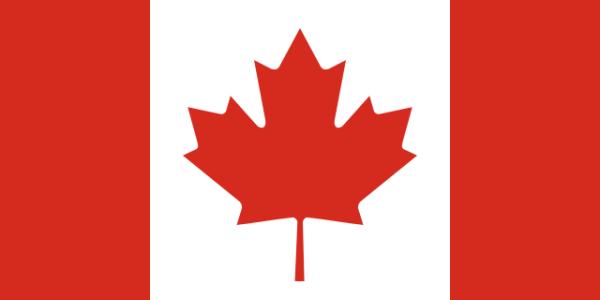
Canada pays for its citizen’s health care with the notable exception of pharmaceutical costs; yes when we talk about our neighbor to the North and its healthcare financing drug costs remain with the individual. Canadians are considering including nearly all pharmaceutical costs in their national healthcare as early as 2020. It is instructive to see how they plan to finance the change.
The modelers of this plan, an economist and an expert in population health make several assumptions:
- Access to medicine “is best facilitated” when patients make limited, if any, direct payments.
- Cost control is achieved through single-payer systems, reducing administrative costs and consolidating purchasing power.
- Financial equity is promoted by funding based on ability to pay, not need.
- Financing through national mechanism is more equitable than different arrangements defined by provinces.
- The government will provide payment for drugs in a national formulary.
- Insurance and taxes (used to support government subsidies) will cover drugs, not on the national formulary. (Roughly $4.6 billion annually)
If the federal government takes on nearly all the expenses, the taxpayers see a $9.7 billion increase in costs, while businesses see a $13.9 billion savings. To be fair, about $3.6 billion of that last figure represent out-of-pocket savings so while they attribute the savings to business it is really going to patients.
Who picks up the tab?
There are limited sources for the increased government expenditure, income tax, corporate tax, sales tax and a universal mandated “premium.”
- A 1% increase in income tax almost fills that new costs and is progressive, more taxes from those more able to pay.
- A 3% increase in corporate taxes also fills the void. “Because most private sector savings come by way of reduced costs of private drug plans, corporate taxation might appear to be a progressive and symbolic source of revenue for the program.”But there are concerns that this would stifle corporate investment and growth and that the burden would fall to companies that hadn’t provided pharmaceutical insurance.
- A 1% increase in sales tax (Goods and Service Tax) could almost entirely pay the new costs. But they are regressive, lower-income households pay more sales tax in relation to their total income, and these taxes are “particularly unpopular tax in the minds of Canadians.”
- Government required premiums, an additional $211 per individual, could also work, but they are regressive and will increase with time. Similar taxes could be levied through work, like our social security payments, but seem to be less equitable than a similar tax applied over income.
With the assumptions and discussion explicitly in who and how the increased costs are covered, the authors conclude that a mix is the best way forward or at least to begin the conversation. Income tax rises 0.5%, a 1% increase in corporate tax and a 0.25% increase in sales tax, covers the additional revenue public funding for a majority of pharmaceutical costs would require. And this might be a good blueprint except for a bit of academic hand-waving in place of hard calculations or explicit assumptions.
Robbing Peter to Pay Paul
The authors note throughout the paper the means to modify these revenue sources, moderating them to meet special needs. Income tax increases can be subsidized by credits for the poor or elderly. Corporate taxes can be offset by corporate subsidies, like investment credits. An increase in sales tax can be offset by increased tax credits or rebates to those with lower incomes. This is perhaps the most glaring deficiency in their analysis – if you offset the revenue by givebacks, you still have a shortfall. In the end, we the people, even in Canada, pay for our healthcare. We may “choose” to pay through taxes, or our work or our purchases but the money has to come from someone and that someone is you. Special interests be they the wealthy, the poor, the corporations or small businesses will all try to shift these costs to someone else, and every one of them will have good reasons why. Fixing the cost of healthcare, in the author's words, to “unscramble the omelette,” is more complicated than those political soundbites and the devil remains in the details we are not told.
Source: How to pay for national pharmacare Canadian Medical Association Journal DOI: 10.1503/cmaj.180897



